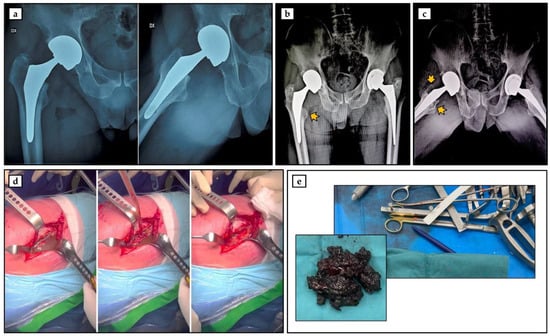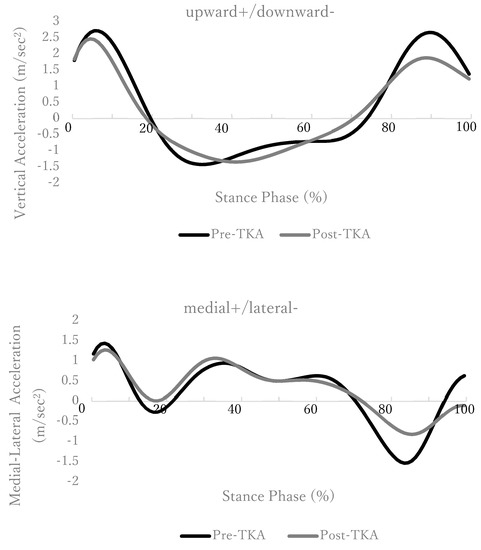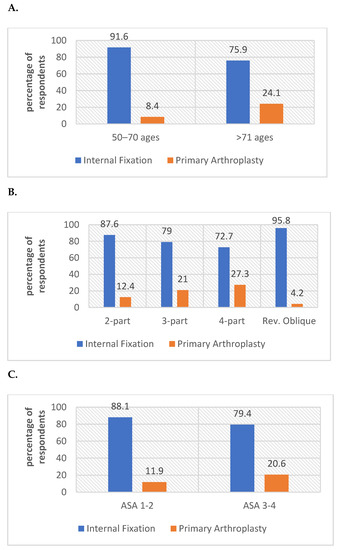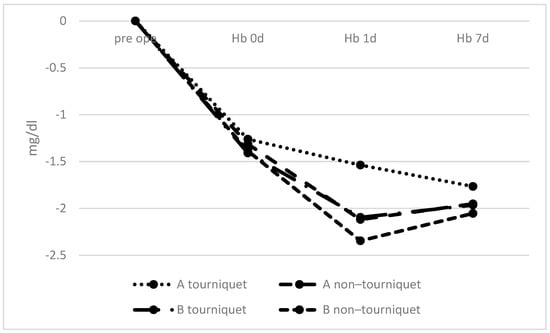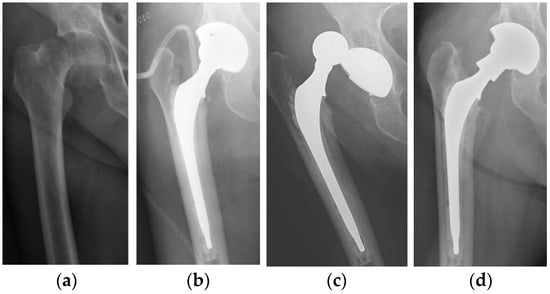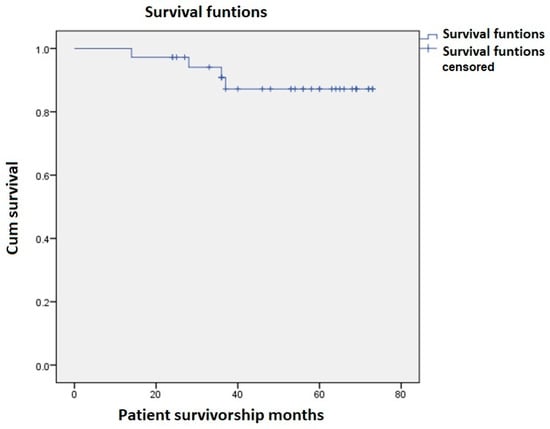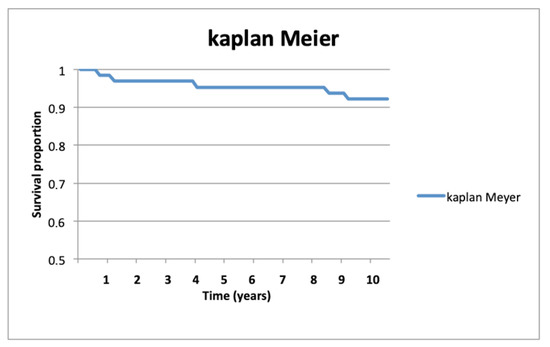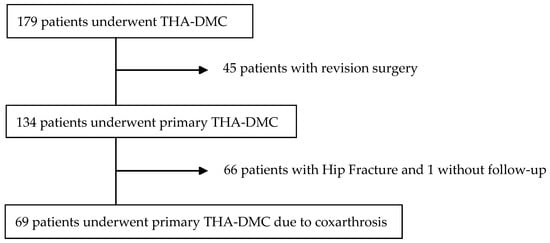Joint Arthroplasty in the Oldest People
A topical collection in Geriatrics (ISSN 2308-3417).
Viewed by 31279Editors
2. Orthopaedic Surgery and Traumatology, Surgery Department, University of Salamanca (USAL), Salamanca, Spain
3. Instituto de Investigación Biomédica de Salamanca (IBSAL), Salamanca, Spain
Interests: orthogeriatrics; surgery; orthopedics; spine surgery; hip; knee
Special Issues, Collections and Topics in MDPI journals
Topical Collection Information
Dear Colleagues,
The increasing life expectancy and improved patient healthcare have led to an increasing number of older patients requiring arthroplasty. The rationale ranges from fracture treatment to osteoarthritis or degenerative pathology treatment. Advanced age should not be per se a contraindication for the performance of an arthroplasty. A significant number of older patients have an active life, and may therefore require this type of surgical treatment.
Arthroplasties in the general population relieve or eliminate joint pain and improve the function of the injured joint, and hence have very satisfactory results, with low complication rates and long implant survival. Advanced age can be a determining factor in the evaluation of the clinical and functional situation of patients, applying the necessary measures to reduce the surgical risk. Likewise, the bone tissue in older patients can condition the type of implant, seeking immediate stabilization and anchorage to allow the early resumption of activity. Currently, the use of cemented implants is broadly accepted in older patients. However, other authors have also reported satisfactory results of cementless implants in older patients.
Finally, it will be necessary to bear in mind the social and family situation of each patient at hospital discharge and postoperative follow-up, ensuring the availability of care structures that allow adequate rehabilitation treatment and return to normal life.
In view of the aforementioned, it seems of interest to study the application of joint arthroplasty in the geriatric population.
Prof. Juan F. Blanco
Dr. Carmen da Casa
Collection Editors
Manuscript Submission Information
Manuscripts should be submitted online at www.mdpi.com by registering and logging in to this website. Once you are registered, click here to go to the submission form. Manuscripts can be submitted until the deadline. All submissions that pass pre-check are peer-reviewed. Accepted papers will be published continuously in the journal (as soon as accepted) and will be listed together on the collection website. Research articles, review articles as well as short communications are invited. For planned papers, a title and short abstract (about 100 words) can be sent to the Editorial Office for announcement on this website.
Submitted manuscripts should not have been published previously, nor be under consideration for publication elsewhere (except conference proceedings papers). All manuscripts are thoroughly refereed through a single-blind peer-review process. A guide for authors and other relevant information for submission of manuscripts is available on the Instructions for Authors page. Geriatrics is an international peer-reviewed open access semimonthly journal published by MDPI.
Please visit the Instructions for Authors page before submitting a manuscript. The Article Processing Charge (APC) for publication in this open access journal is 1800 CHF (Swiss Francs). Submitted papers should be well formatted and use good English. Authors may use MDPI's English editing service prior to publication or during author revisions.
Keywords
- older patients
- joint arthroplasty
- hip
- knee
- shoulder
- joint replacement






